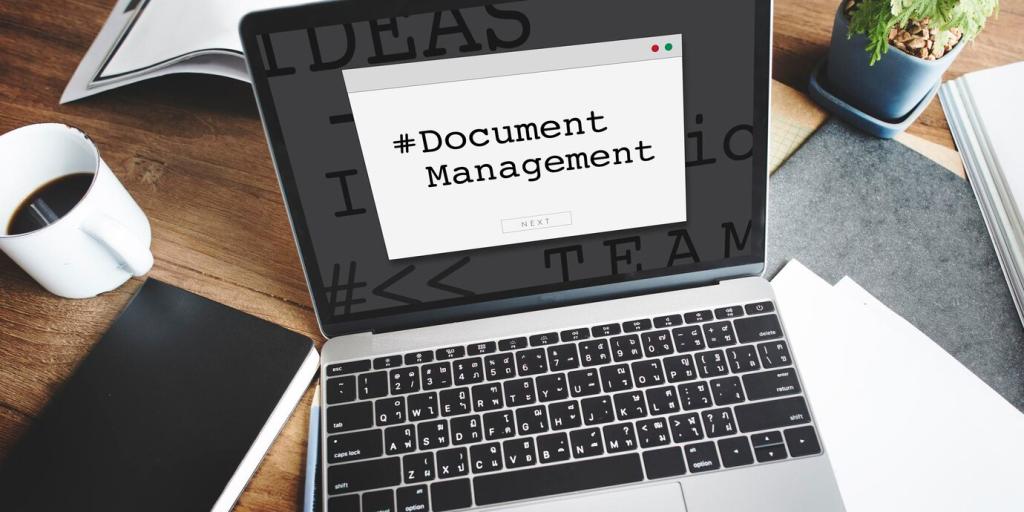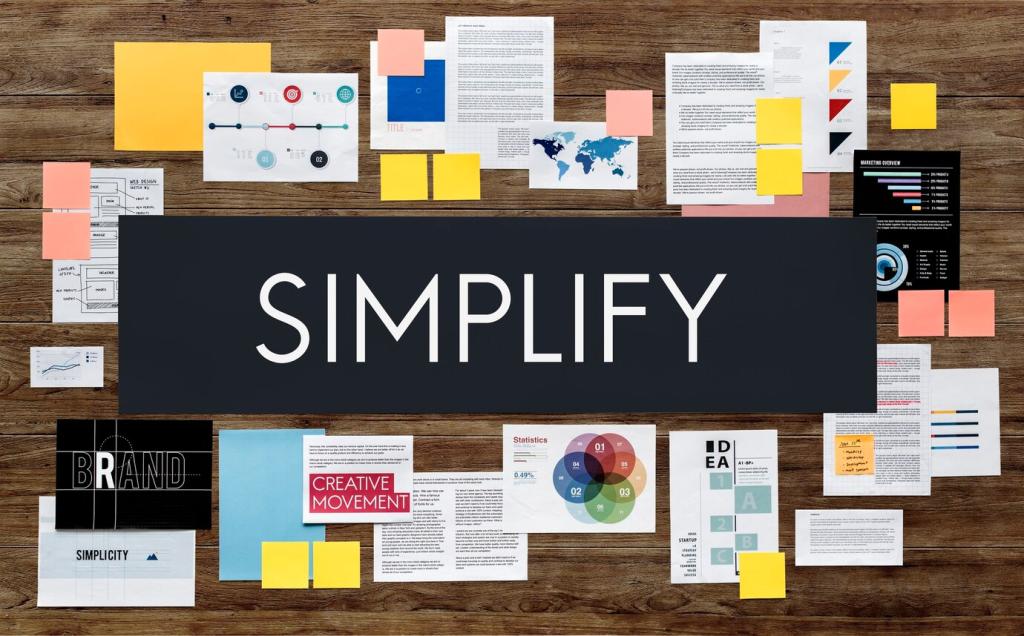Top Investment Portfolio Types for New Investors
Start strong with straightforward, time-tested ways to invest. Today’s chosen theme: Top Investment Portfolio Types for New Investors. Explore simple structures, real stories, and practical steps so you can pick a portfolio type that matches your goals and confidence.


The Three-Fund Index Portfolio
The three-fund portfolio typically uses total U.S. stock, total international stock, and total bond market funds. It wins with diversification, low fees, and disciplined simplicity, reducing the temptation to chase trends and making rebalancing easy for beginners.
The Three-Fund Index Portfolio
Maya, a recent grad, felt overwhelmed by stock picks. She chose a three-fund mix, set automatic contributions, and ignored headlines. One year later, she understands risk better and sleeps well knowing her portfolio quietly follows global markets.
Glide path demystified
A target-date fund starts with higher stock exposure for growth and gradually increases bonds as the target year nears. This glide path automates risk reduction, helping new investors avoid market-timing mistakes and emotional decisions during volatile periods.
Costs, simplicity, and hidden nuances
While target-date funds simplify everything, fees vary, and underlying holdings differ. Understand expense ratios, stock-to-bond shifts after the target year, and whether the fund is “to” or “through” retirement. Simplicity is powerful, but details still matter.
Is it right for you? Share your timeline
If you value automation and don’t want to manage multiple funds, this could be ideal. Pick the fund closest to your expected retirement year, then tell us your timeline below. We’ll send tips on monitoring without micromanaging.
The Classic 60/40 Balanced Portfolio
01
Decades of history made 60/40 a benchmark for balance. It has offered reasonable growth with reduced volatility versus all-stock allocations, helping many new investors stay invested during downturns instead of panic selling at the worst possible moments.
02
No allocation is perfect every year. 60/40 can lag during roaring bull markets or struggle when both stocks and bonds fall. Set expectations around drawdowns, understand rebalancing benefits, and commit to your plan through various market cycles.
03
Use two broad index funds—one for stocks, one for bonds—or a single balanced fund that does rebalancing for you. Comment with your preferred approach, and subscribe for our quarterly checklist to keep your allocation aligned with your risk level.
Dividend Income Portfolio
Income mindset versus total return
Dividends can be motivating because payouts feel tangible. Still, remember total return includes price appreciation and income. Balance yield with quality and diversification, so you avoid chasing unsustainably high payouts that might mask underlying business weaknesses.

Core-Satellite Portfolio
Allocate most of your money to broad index funds covering domestic stocks, international stocks, and bonds. This core provides diversification and stability, so your long-term plan isn’t derailed by short-term experiments or headline-driven trades.
Core-Satellite Portfolio
Limit satellite positions to a modest slice of your portfolio. Consider small-cap value tilts, REITs, or a carefully researched theme. Define your thesis, set a maximum weight, and commit to review dates so decisions remain deliberate, not emotional.


ESG and Sustainable Investing Portfolio
ESG strategies often use negative screens to exclude certain industries, positive screens to favor leaders, or impact funds targeting measurable outcomes. Clarify your priorities first, then choose a diversified approach that keeps your risk and costs reasonable.

Robo-Advisor Diversified Portfolio
How automation helps beginners
Robo-advisors map your risk profile to diversified ETFs and automatically rebalance when markets move. This reduces decision fatigue, helps avoid market timing, and keeps investments aligned with your goals through a simple, guided onboarding experience for new investors.
Fees, features, and trade-offs
Advisory fees vary and may include extras like tax-loss harvesting, cash management, or retirement planning tools. Balance convenience against cost and customization. Low effort is valuable, but be sure you understand the underlying allocation and rebalancing cadence.
When to blend robo with DIY
Some investors start with a robo-advisor, then gradually add a simple DIY core. You can transfer when you feel confident or keep both. Tell us your preference, and we’ll send a checklist for migrating accounts without disrupting your overall allocation.
